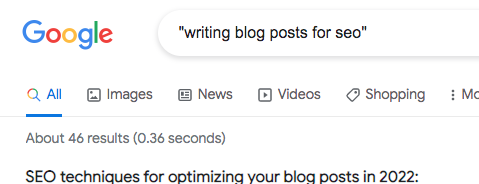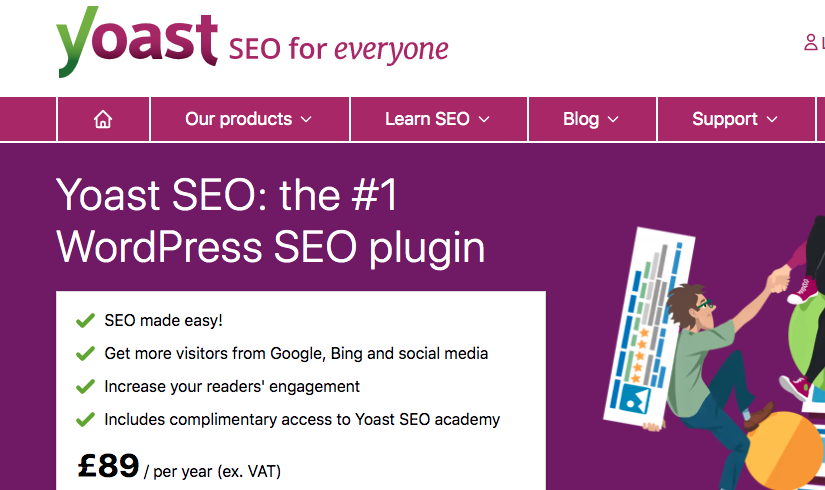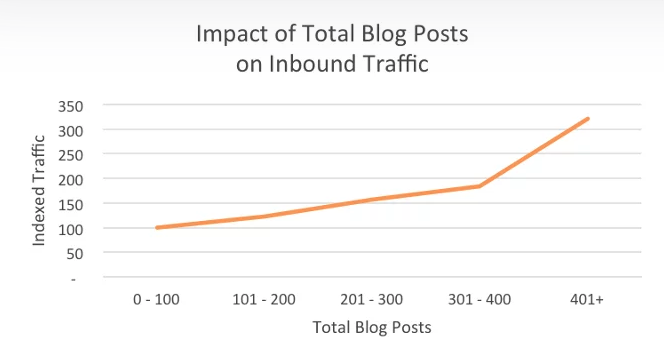An organic traffic strategy can help you get traffic for free! However, as of Mar 21, 2022, there are currently over 1.93 billion websites online. This means there’s huge competition for traffic. So how can you get a slice of the action for free when there’s so many others doing exactly the same, competing for eyes on their content? On top of that most website visitors are pretty savvy. They aren’t going to hang around for more than a few seconds on a website if they aren’t finding exactly what they’re looking for!
So what’s the answer if you don’t want to pay through the nose for traffic? One of the best answers is through using long tail keywords. There’s a lot of competition online for most keywords, but the long tail keywords are the “low hanging fruit” in the keyword world! So if you can out perform others for the specific keywords which match your topic and have less SEO competition on the search engines, you can rank some content and get free traffic.
The added benefit of long tail keywords is that they are much more specific than their shorter tail counterparts! This means searches are more specific, and those visitors are more targeted!
Organic Traffic Strategy: Long Tail Keywords
To find long tail keywords within your specific area of expertise, you can use Google’s free keyword planner. There’s other keyword tools you can use, but the keyword planner works fine! Just type in your main keywords into the planner and look for the longer tail keywords which come up. Here’s what came up for some longer tail keywords for the topic of weight loss:

To find the long tail keywords you can scroll through the results on the planner or click on the Avg. Monthly Searches tab until the search volume drops.
Long tail keywords have less competition on the SERPS – search engine results pages on Google (and other search engines). This means you have much greater chance of winning a top listing on the first page of the Google results. There’s no guarantees of a top listing of course, but you can give yourself the best possible chance by doing things in a certain way. The first step to this strategy is to find long tail keywords with low SEO difficulty.
The downside of the long tail keywords is that they tend to have lower search volume. But if you aim to rank for the short term phrases you have almost no chance of getting a top ranking. The long tail keywords give you more chance and a small percentage of something is worth much more than zero of a much larger volume of searches. With short tail keywords, you have a lot more competition and therefore far less chance of getting ranked anywhere neat the first page of the SERPS. See also short tail and long tail keywords.
Organic Traffic Strategy: Checking For Competition
Once you find a suitable keyword phrase which you think looks suitable for your website, check on Google to see the relative competition of the keyword. Do this with a quick search and a phrase search like so:


The number under your search denotes the number of competing webpages for your particular phrase. A larger number obviously means more competition whereas a smaller number means less. As you get used to this strategy you can learn from these numbers what looks like a winner. As a general rule of thumb I like to choose keywords which offer less than 100,000,000 for an open match and less than 20,000 for a phrase match.
You can also browse through the top listings to get an idea of the sites which already rank for those particular keywords. This can help you make a decision as to whether to attempt a piece of content for it. For example, a high authority domain such as Wikipedia at the top might mean that there’s stronger competition than if there’s only a few YouTube videos and Quora listings, for example.
Organic Traffic Strategy: Writing Your Content
Once you find a good keyword which is targeted, long tail and has low competition on Google, it’s time to start writing a piece of content. You can use an SEO plugin to help you write with SEO in mind; however, you should also write for your readers and not simply for the “bots”. If your content is clunky and difficult to read, people will click away quite quickly and this means you’ll get penalised by the search algorithm.

I use Yoast SEO the basic version of which is free. It helps you optimise by putting your keywords within your copy, headings, images and meta data etc. You can also check on Google to see the top ranking article for that particular keyword. That will give you an idea about how difficult it will be to compete with the top listing. While you still may not outrank the top listing, if you write a better piece than the existing one, it will give you greater chance of getting ranked.
Top listings can be there because of the site authority, rather than the quality of the piece of content itself. So a site with thousands of backlinks can still outrank yours, even if you write a better piece of content! Still, don’t let that put you off! The longer your content is, the better chance of ranking it is too. So try and write at least 1000 words, more if you can!
Promoting Your Content
Once you publish your article, your job isn’t yet over! You also need to promote your content to get more eyes on it. If you’ve done a good job writing your article, it should attract backlinks and shares from its readers over time. But you need to get people to see it first! Don’t rely solely on its ranking on the SERPS (search engine results pages) for getting views, work at it with your promotion strategies first.
You can use a couple of plugins to help with this. I use a social media share button plugin and a content syndication tool. Revive Old Posts is a free plugin which lets you automate sharing through social media accounts. You can also use the plugin in conjunction with another tool for more free shares. Checkout my article on this “autopost to social media from WordPress“. See also best free blog plugins for WordPress.
Spend at least as much time on promoting your articles as you do on writing them. I admit at first I was very bad at this but it was to my detriment. Other promotion methods:
- Guest posting – on other authority blogs
- Back linking – from your own or other people’s websites
- Blog commenting – an easy way to build backlinks
- Outsource – pay someone else to build backlinks and/or promote your content (See this site)
- Deep linking – keyword targeted links within your newer content pointing back to older posts

Summary
This organic traffic strategy is a lot of work and initially this is kinda hard because you don’t see the results immediately. But if you’re consistent with this tactic you can see fantastic results if you stick with it.
SEO – search engine optimisation is a slow strategy of getting traffic to your website for free and there’s no guarantees. But if you work at your content and the promotion of it, you should see some SEO results within a few weeks or months. Your success depends on a number of things including your ability to stay consistent, the competition in your niche and how long you keep it up for.
Here’s a snap shot of how Google rewards bloggers per post. You can see that with 400 blog post you should see an uptick in your traffic. Ideally choose a topic you can write consistently in for several months for the best results.
